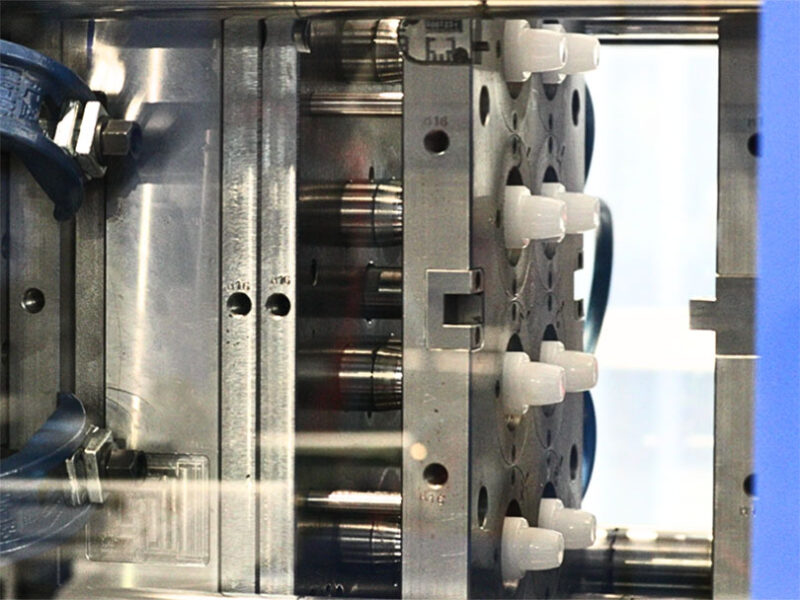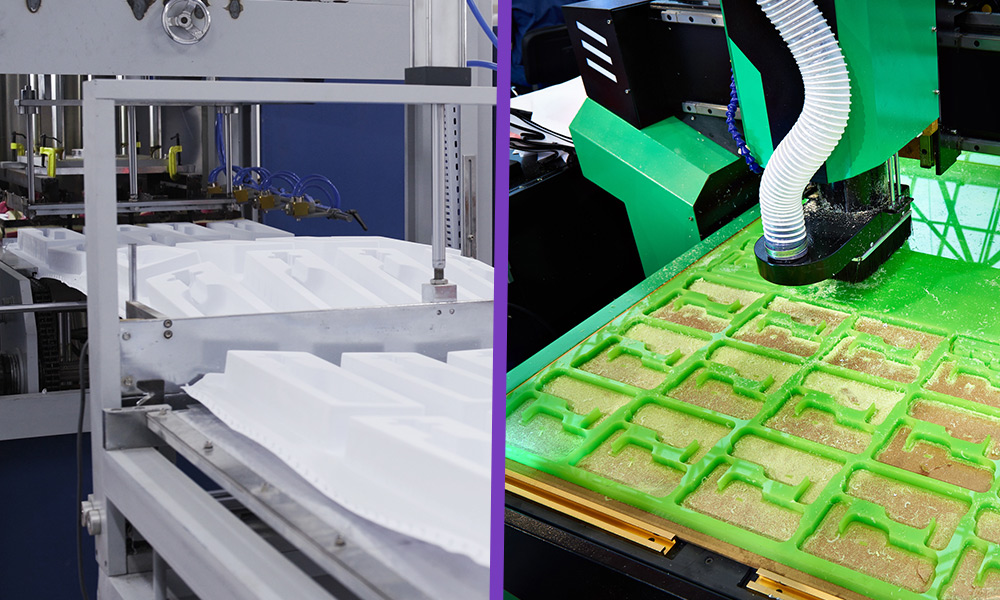Exploring the Future of Plastic Injection Molding in the Production Industry
Exploring the Future of Plastic Injection Molding in the Production Industry
Blog Article
Comprehending the Fundamentals of Plastic Shot Molding Processes
Plastic shot molding acts as a keystone of modern-day production, supplying a systematic approach to creating complicated parts with precision. This procedure not just encompasses the essential steps of melting and injecting materials into molds however additionally involves a nuanced understanding of different influencing factors, such as temperature and pressure. As industries significantly require effectiveness and high quality, the intricacies of this methodology come to be a lot more crucial. Discovering these essential elements can expose just how even small adjustments can cause significant enhancements in production results, raising concerns regarding the potential for innovation in this recognized process.
What Is Plastic Shot Molding?
Plastic shot molding is an extensively made use of production procedure that transforms thermoplastic and thermosetting products right into exact and intricate forms. This technique is preferred for its ability to generate high volumes of identical components with phenomenal accuracy, making it an indispensable approach in different industries, including auto, customer goods, and medical devices.
The process involves melting the selected plastic material and injecting it into a mold and mildew under high stress. The mold, developed to the specifications of the preferred component, allows the liquified plastic to form as it strengthens and cools. As soon as the material has actually set, the mold is opened up, and the ended up part is expelled.
Plastic injection molding offers several benefits, including minimized waste, consistency in production, and the capacity to incorporate intricate designs that might be challenging with other manufacturing techniques. In addition, it supports a broad variety of materials, each providing unique residential properties that can be customized for certain applications. As sectors proceed to innovate, plastic shot molding remains at the center, allowing the growth of advanced items that satisfy evolving customer demands.
The Shot Molding Process
The shot molding process is an advanced strategy that includes a number of vital phases to produce top notch plastic elements. Originally, plastic pellets are fed right into a heated barrel where they are merged a viscous liquid. This molten plastic is after that infused under high pressure into a precision-engineered mold and mildew, which forms the material into the wanted kind.
When the mold is loaded, the plastic is permitted to solidify and cool, taking the shape of the mold and mildew tooth cavity. Cooling time is critical, as it impacts the cycle time and the last residential or commercial properties of the molded part. After enough air conditioning, the mold opens up, and the finished component is ejected utilizing ejector pins.

Products Made Use Of in Injection Molding
Different materials can be used in the shot molding process, each offering special homes that provide to particular applications. One of the most frequently utilized products include thermoplastics, thermosetting plastics, and elastomers.

Thermosetting plastics, like epoxy and phenolic resins, undergo a chemical adjustment during the treating process, resulting in a stiff, inflexible framework. These materials are perfect for applications requiring high warmth resistance and architectural honesty, frequently made use of in electric insulators and auto parts.
Elastomers, consisting of silicone and rubber-based products, provide versatility and strength. Their unique homes make them ideal for applications that demand elasticity, such as gaskets and seals.
Furthermore, specialty materials like bio-based plastics and composites are getting traction for their ecological benefits and improved performance attributes, expanding the extent of injection molding applications in different markets. Recognizing the properties of these products is critical for picking the proper type for particular jobs.
Benefits of Shot Molding
Injection molding stands out as an extremely effective production process that provides countless benefits for producing complicated get rid of accuracy. Among one of the most significant benefits is the capability to produce elaborate designs that would be difficult or difficult to accomplish with other techniques (Plastic Injection Molding). The procedure enables limited resistances and detailed functions, making certain premium elements
Additionally, shot molding is recognized for its rapid manufacturing capabilities, making it an ideal choice for high-volume manufacturing. Once the mold is created, parts can be produced promptly, reducing preparations and enhancing overall productivity. This effectiveness not just decreases production expenses but likewise provides an one-upmanship out there.
The versatility of materials made use of in injection molding better boosts its allure. A wide variety of thermoplastics and thermosetting polymers can be utilized, allowing suppliers to select products that best satisfy their particular needs, including stamina, warm, and versatility resistance.
In addition, the process decreases waste, as excess product can typically be reused and reused. This sustainability aspect contributes to a minimized ecological impact, making injection molding a responsible manufacturing option. In general, the advantages of shot molding make it a preferred approach for many markets.
Elements Influencing Product Quality
While many factors can influence product quality in shot molding, understanding these elements is vital for attaining ideal results. Key aspects include product selection, refining criteria, and mold design.
Material selection plays a vital duty, as various polymers show one-of-a-kind residential or commercial properties that influence flowability, strength, and thermal stability. Inadequate product selection can bring about problems such as warping or incomplete dental filling.
Handling parameters, including temperature level, stress, and cycle time, need to be meticulously managed. Variants in these setups can cause disparities in part dimensions and surface finish. For example, excessively heats may cause destruction of Click This Link the polymer, while poor pressure can lead to brief shots.
Mold layout is similarly essential, as it determines the circulation of the molten plastic and the cooling process. Poorly developed molds may result in unequal air conditioning prices, causing residual tensions and dimensional mistakes.

Final Thought
Finally, plastic shot molding acts as a vital manufacturing procedure that makes it possible for the efficient production of top notch elements. Mastery of the shot molding procedure, consisting of the understanding of products and the impact of various aspects on item high quality, is important for accomplishing optimal outcomes. The benefits of this method, such as cost-effectiveness and layout versatility, more highlight its relevance throughout numerous sectors, strengthening its standing as a check preferred option for high-volume manufacturing.
Plastic injection molding serves as a keystone of modern-day manufacturing, offering a systematic technique to creating intricate elements with accuracy.Plastic injection molding find more information supplies several benefits, including decreased waste, consistency in production, and the ability to incorporate detailed layouts that might be challenging with other producing techniques (Plastic Injection Molding). As markets continue to introduce, plastic shot molding remains at the forefront, making it possible for the development of innovative products that satisfy progressing consumer demands
The shot molding process is an innovative technique that entails several vital stages to create high-quality plastic parts.In final thought, plastic injection molding offers as a critical manufacturing process that enables the efficient production of premium components.
Report this page